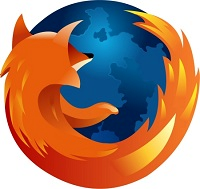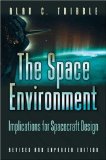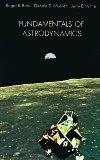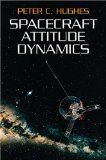Wikipedia dicit:
The SpaceX Dragon is a reusable cargo spacecraft developed by SpaceX, an American private space transportation company. Dragon is launched into orbit by the company’s Falcon 9 launch vehicle.
During its maiden flight in December 2010, Dragon became the first commercially built and operated spacecraft to be recovered successfully from orbit. On 25 May 2012, a cargo variant of Dragon became the first commercial spacecraft to successfully rendezvous with and attach to the International Space Station (ISS). SpaceX is contracted to deliver cargo to the ISS under NASA’s Commercial Resupply Services program, and Dragon began regular cargo flights in October 2012.
On 3 June 2017, the CRS-11 capsule, largely assembled from previously flown components from the CRS-4 mission in September 2014, was launched again for the first time, with the hull, structural elements, thrusters, harnesses, propellant tanks, plumbing and many of the avionics reused while the heat shield, batteries and components exposed to sea water upon splashdown for recovery were replaced.
Video Credit: NASA Kennedy/SpaceX









 Subscribe to blog posts using RSS
Subscribe to blog posts using RSS










